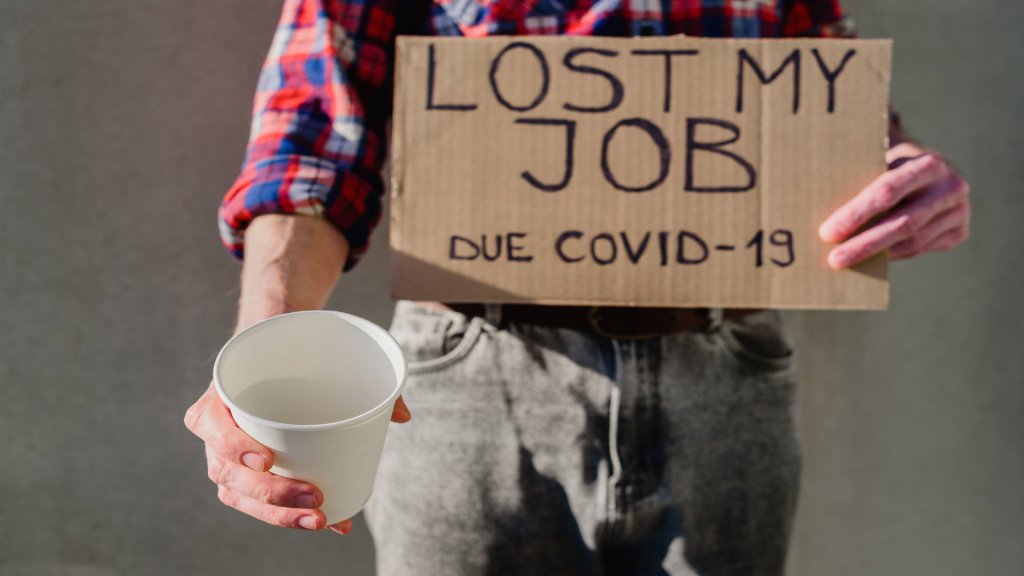Employment Impacts
New Yardi Matrix report
The COVID-19 pandemic has been inconsistent in the way it has affected the U.S. employment market, creating a wide disparity between metro and job segments. This is the main conclusion of the latest special employment report from Yardi Matrix. Leisure and hospitality was by far the biggest employment sector loser, with 3.8 million jobs lost. […]

